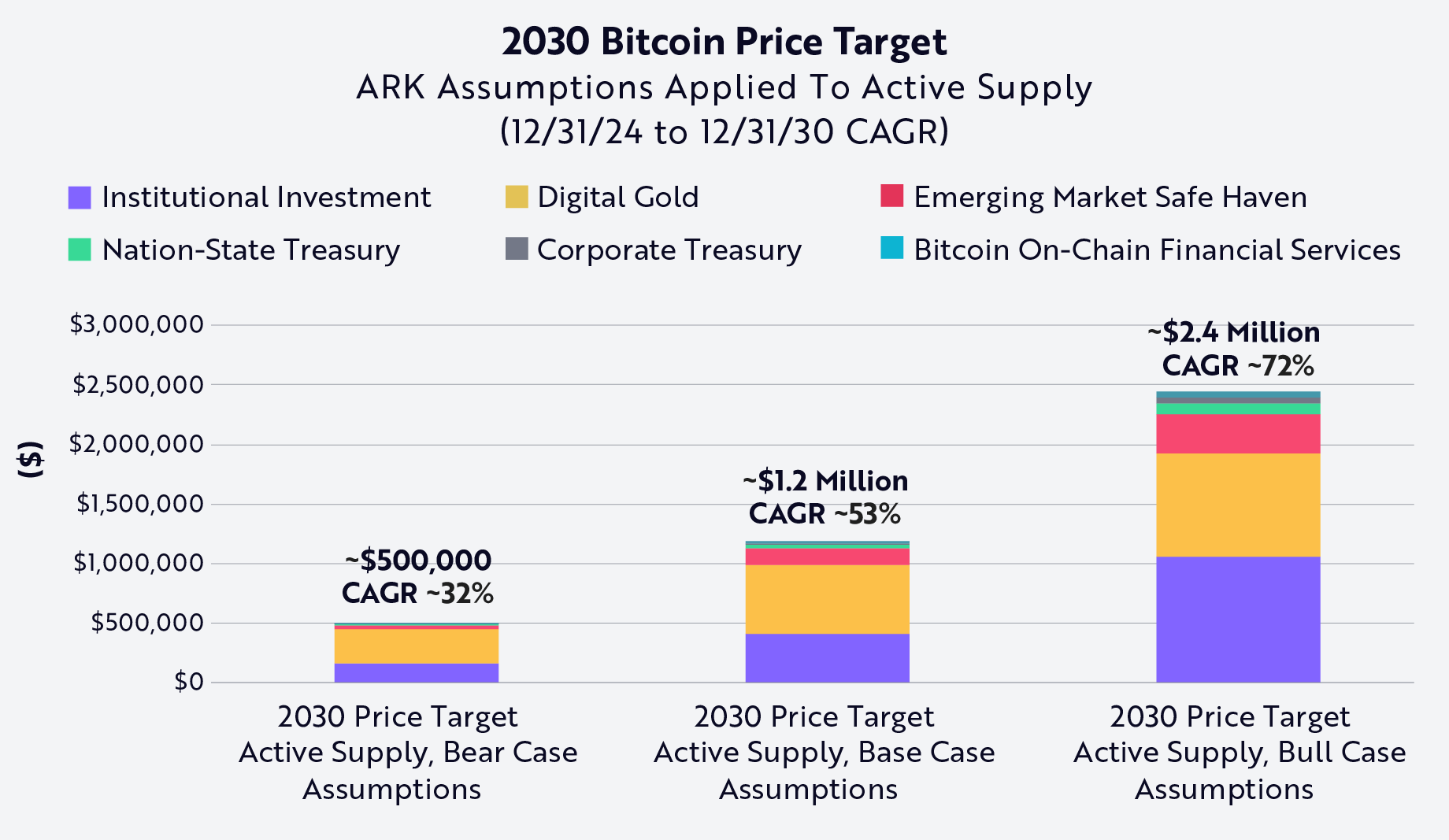In a significant move set to reshape the decentralized identity landscape, Web3 data platform cheqd has announced a strategic partnership with blockchain platform Dock. This collaboration, revealed in a press release on September 18, aims to catalyze the global adoption of Decentralized Identity (DID) solutions by uniting their respective strengths.
A Unified Digital Asset For A Unified Network
As part of this strategic alliance, Dock will transition its infrastructure—including Dock Certs and its client base—onto the cheqd network, marking the creation of a single, integrated protocol. The merger of Dock’s native token, DOCK, with cheqd’s CHEQ will produce a unified digital asset intended to drive the joint network’s activities.
The unification of CHEQ and DOCK is more than a symbolic gesture. It’s a tactical move designed to expedite the adoption of DID solutions. The newly merged CHEQ will serve as the utility token for all operations within the cheqd-Dock ecosystem, streamlining transactions and interactions on the platform.
Expanding the Reach and Impact
The partnership promises substantial benefits for both platforms, combining their user bases to form a powerful community of over 100,000 members and numerous active partners. This collective force is expected to enhance scalability and implementation of DID solutions across diverse sectors, including finance, identity verification, and government services.
The integrated network will support a broad range of Decentralized Identifiers (DIDs) and offer extensive multi-SDK integration options. Developers will have access to open-source tools such as DIF Registrar & Resolver, Credo, Veramo, Walt.id, and Vidos (Mailchain), facilitating the creation of decentralized applications and fostering innovation in digital identity management.
Committing to Compliance and Growth
Both cheqd and Dock are dedicated to aligning with international regulatory standards, including the European Digital Identity Framework and eIDAS 2.0, ensuring that their solutions meet global compliance requirements. This adherence to regulation is crucial for building trust and acceptance among users and institutions.
cheqd brings its expertise in developing comprehensive credential ecosystems and data markets, while Dock focuses on enabling identity solution providers—such as KYC, background check, and biometric companies—to create and monetize verifiable digital credentials. Together, they aim to set new standards in the blockchain data protection sector and drive widespread adoption of digital verification solutions.
The partnership benefits from the leadership of industry veterans. cheqd CEO Fraser Edwards, known for his work on the Known Traveller Digital Identity initiative with the World Economic Forum, and Dock’s CEO Nick Lambert, along with COO Elina Cadouri—who has a track record of building successful platforms—bring valuable experience and vision to this collaboration.
With cheqd supporting over 80,000 individual wallet addresses and Dock’s infrastructure serving over 600 companies, the combined efforts of these platforms are set to strengthen the digital verification ecosystem and advance the global acceptance of decentralized identity solutions.
Also Read: Zest Protocol Launches BTCz Token – Earn Rewards On Bitcoin With 1,000 BTC Staked In Just Days
This strategic alliance between cheqd and Dock marks a pivotal step in the evolution of decentralized identity, aiming to build a more secure, efficient, and widely adopted framework for managing digital credentials.






